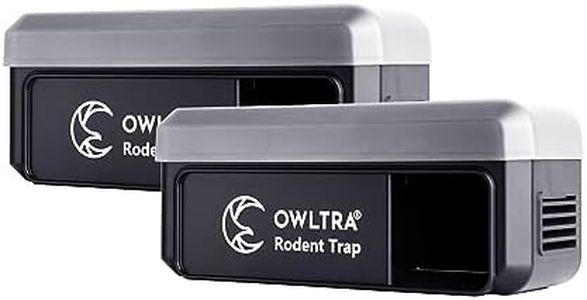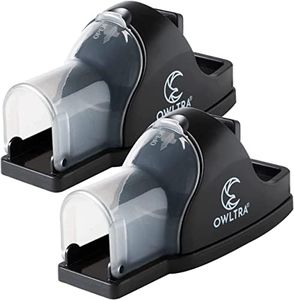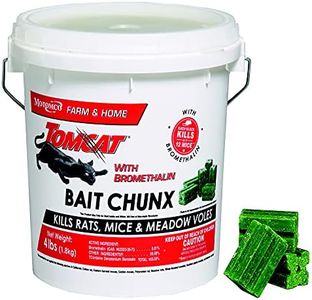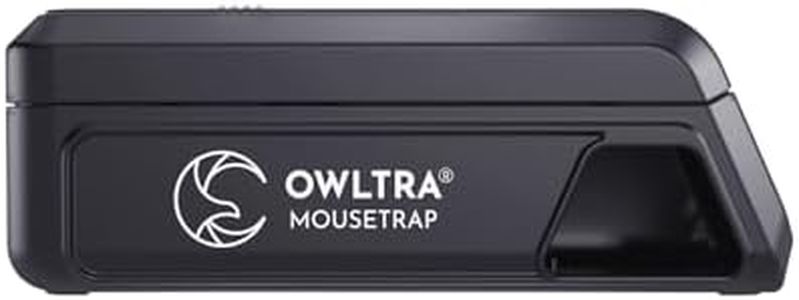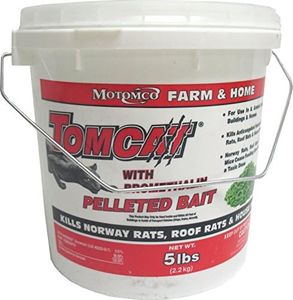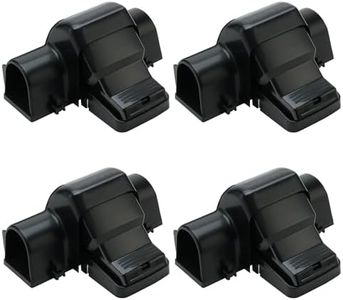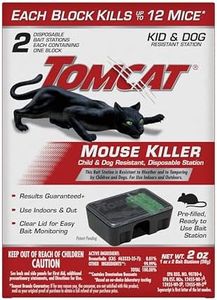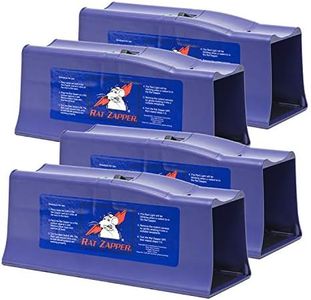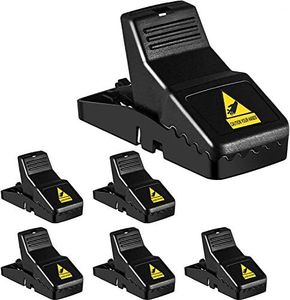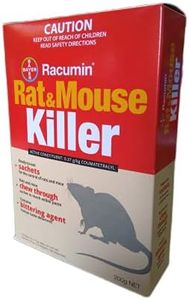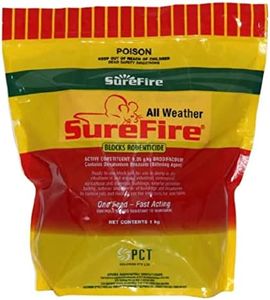We Use CookiesWe use cookies to enhance the security, performance,
functionality and for analytical and promotional activities. By continuing to browse this site you
are agreeing to our privacy policy
10 Best Mice Killers
From leading brands and best sellers available on the web.Buying Guide for the Best Mice Killers
Choosing a product to control or eliminate mice in your home is about understanding how different solutions work and what best fits your environment and comfort level. Mice killers, also known as rodent control products, come in various forms with different activation methods, effectiveness rates, safety concerns, and application processes. Your decision will depend on where you have seen mice activity, who (kids, pets) lives with you, and your preference for handling the problem directly or in a less hands-on way. Let's break down the main features and considerations so you can pick the best fit for your needs.Type of ProductThis refers to the method the product uses to kill or capture mice, such as traps (snap, electronic, live-catch), poisons (baits), or repellents. Traps generally provide a physical way to catch or kill mice, while poisons usually work by attracting mice to consume bait. Repellents aim to keep mice away. The choice here is important for effectiveness, cleanup, and safety. For instance, traditional snap traps are fast-acting and highly visible, while baits work quietly and can be placed discreetly. If you have pets or small children, you might avoid poison-based products as they can pose risks to non-target creatures. Choose the type that fits your comfort with handling, safety needs, and willingness to see or touch mice.
Safety FeaturesSafety is a major consideration, especially if you have pets or children at home. Some products come with protective covers, tamper-resistant designs, or enclosed bait stations to prevent accidental contact. This feature helps reduce risk while still allowing the product to be effective against mice. Products without safety enhancements are often more straightforward or potent but require careful placement. Consider how much traffic the area sees and who may come in contact with the device. If safety is a top concern, opt for solutions with clear safety controls.
Ease of Use and MaintenanceSome mice killers are very easy to set up and can be reused, while others require more attention, like replacing baits or emptying traps. Ease of use also covers how simple it is to dispose of dead mice or reset the product for further use. If you prefer less direct contact, look for enclosed or no-touch designs that simplify disposal or reset with minimal fuss. Choose based on how hands-on you want your approach to be, and your comfort handling the aftermath.
Effectiveness and SpeedThis relates to how quickly the product works and how likely it is to solve your mouse problem. Snap and electronic traps act almost instantly, whereas baits may take several days for results as mice discover and consume them. Repellents might deter mice but not eliminate them. If you need immediate results, go for fast-acting options; if you want a lower-effort, ongoing solution, slow-acting baits or repellents may suit you better.
Location SuitabilitySome products are meant for indoor use only, while others are suitable for outdoor or tough-to-reach places. Weather-resistant units can be used in garages or outside, whereas some baits and traps may lose effectiveness in damp or cold environments. Ensure the product is suitable for the specific part of your home or property where you are seeing mouse activity. Consider how visible and accessible you want the device to be based on where mice frequent and your own convenience.
ReusabilityMice killers can be disposable single-use items or designed for multiple uses. Reusable traps or devices are often more environmentally friendly and cost-effective over time but require maintenance. Disposable options can add convenience if you prefer not to handle mice or maintain equipment. Your choice here depends on frequency of the problem and whether you want a long-term or a one-time fix.
